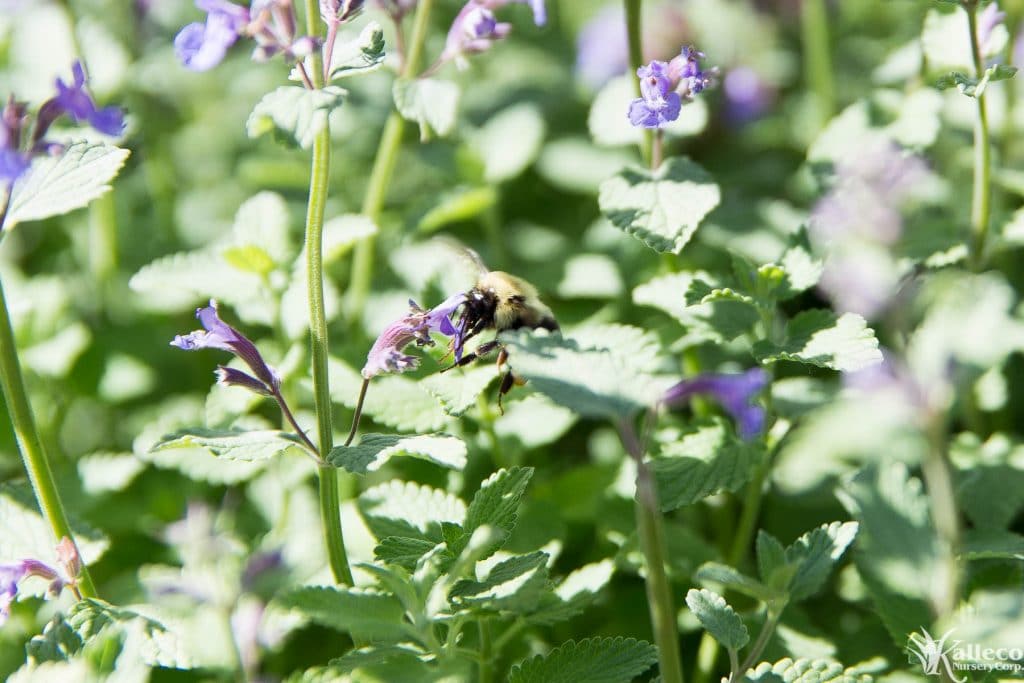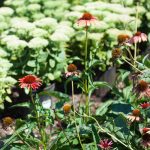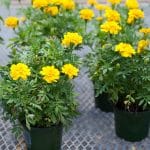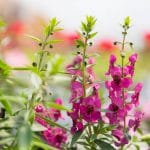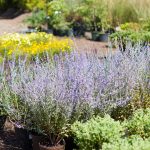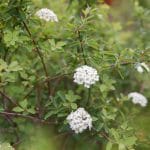You don’t have to be a beekeeper to support your local bee population. Bee gardens can be as lovely and low-maintenance as any regular garden, and feature some perennial favorites! In general, bees prefer small or shallow flowers with easy access to nectar. Sweet-smelling and brightly colored will help draw bees in, and providing more structural plants like woody shrubs and trees can make your garden an ideal home.
In general, bees come in two varieties: long-tongued, like the common honey bee, and short-tongued. This is less bizarre than it sounds. Put simply, a long-tongued bee can more easily reach the nectar and pollen of a deeper flower, while short-tongued bees need shallower flowers. Both types of bees are integral to pollination, and both should be considered when selecting flowers.
Colors: Blue, Purple, Yellow, and White.
Shapes: For long-tongued bees, like the common honey bee, small, trumpet-shaped flowers are ideal. For short-tongued bees, shallow blooms with large centers and wide petals for landing are ideal. Planting a good mixture of both in your garden will ensure you attract a plethora of bees. When it comes to color, bees like bright flowers, and favor blue, yellow, purple and white.
Annuals and Perennials: Salvia; Nepeta (Catmint); Echinacea (Coneflower); Rudbeckia (Black-Eyed Susan); Monarda (Bee Balm); Marigolds; Lavender; Russian Sage; Clematis; Poppies; Snap Dragons; Foxglove.
Trees and Shrubs: Fruit trees, especially cherry and apple; spirea; viburnum; hydrangea; rose bushes; Andromeda.
Other Tips for Bee Gardens:
- Avoid pesticides – even organic ones can harm bees.
- Consider building a bee-home.
- Provide woody shrubs and trees for shelter.
- Leave ground space open for burrowing bees.
- A shallow bowl of water left out helps out thirsty bees.
- Plant early- and late-blooming shrubs to feed bees in the spring and fall, when food is scarce!
Still have questions? Feel free to stop by the nursery or shoot us an email!
For more generation information on gardening for pollinators, check out this article.
- Echinacea “Cone Flower”
- Marigolds
- Snap Dragons
- Honey Bee Feeding on Salvia
- Bee feeding on Nepeta “Catmint”
- Rose Bushes
- Russian Sage
- “Bridal Wreath” Spirea

